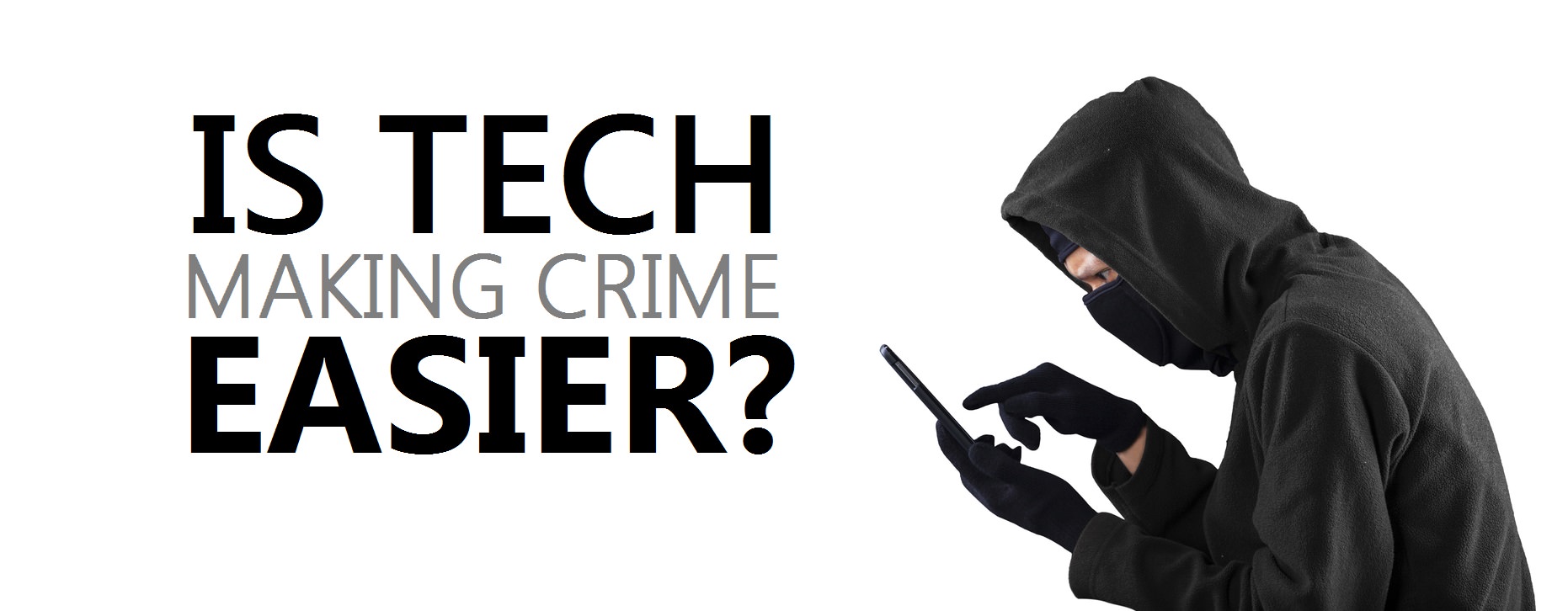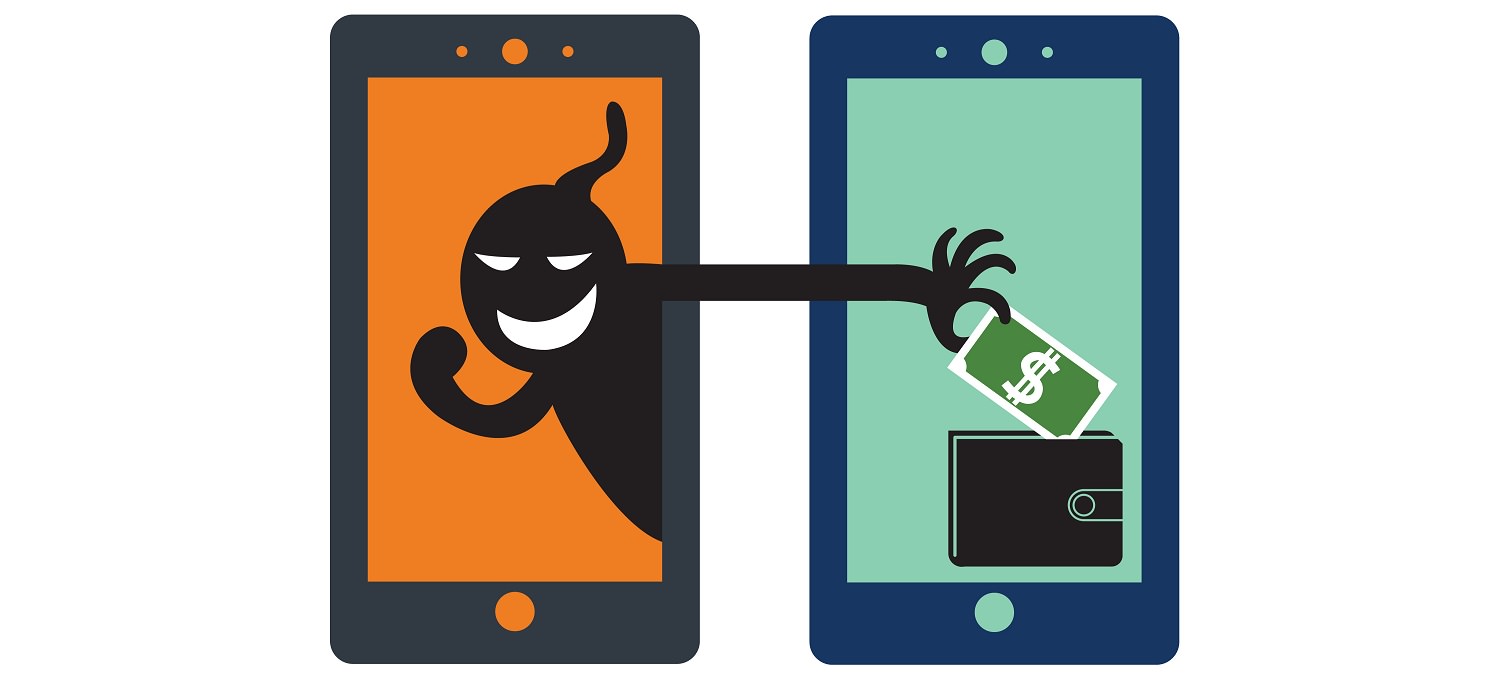 Technology and crime, whether it’s cybercrime or more traditional ‘on the street’ crime, technology and criminal behaviour has always seen an uneasy partnership. Improvements in technology not only make products more desirable but also give criminals the apparatus to use the latest technological development to deceive, hack or steal.
Technology and crime, whether it’s cybercrime or more traditional ‘on the street’ crime, technology and criminal behaviour has always seen an uneasy partnership. Improvements in technology not only make products more desirable but also give criminals the apparatus to use the latest technological development to deceive, hack or steal.
This development of goods and services lends itself to an arms race between criminals, the police, manufacturers and of course, consumers… but have the recent developments in technology, over the last 10 years tipped the scales a little too far towards the criminals? Is our technology, although advanced, not quite as safe as it used to be?
Orlando Scott-Cowley, cyber security strategist at Mimecast, explores how technology is used for both good and slightly more ill measures

Technology has helped advance our society, from navigation that aids exploring, healthcare advancements to improve life expectancy, machines to reduced manual labour and new media to entertain our home lives. In short, technology has a part to play in making life easier.
Sadly, it’s also worth remembering criminals use technology to make their lives easier too.
criminals can use to defeat ever more sophisticated defences, or to leverage greater returns on their activities. The popularity of Crime-as-a-Service networks, allowing almost anyone to try their hand at cybercrime, means even those without any technological experience or specialism can turn themselves into a ‘hacker’ almost overnight.
Technology itself is having a wide and varied impact on crime, how it’s perpetrated and even how it’s investigated.
As an example criminals can use much of the information we publish online to build a very accurate picture of our day to day lives. Social media and our willingness to divulge vast amounts of personal data to the wider internet present a significant opportunity to anyone looking to work out the details of your personal like and routine.
There are numerous proof of concept websites that will trawl Facebook or Twitter updates looking for personal data such as phone numbers, then re-tweet that information in an effort to make the original poster realise how open they’re being. A quick scan across Facebook, Twitter and services like 4Square can quickly tell me if you’re on holiday or at work, at home or at the gym, as well as what type of car you drive, if there is a bicycle in your shed; even perhaps your date and place or birth.
Adaptive Criminals
On the ground technology being used in crime is certainly keeping pace with, and sometimes outrunning the protections put in place to defeat criminals. Take vehicle crime for example; while car crime rates are lower now than ever before, the sophistication of car thieves echoes the protection put in place by car alarms and immobilisers. It’s almost impossible to steal a car today without being in physical ownership of the key.
The smash and grab, noisy broken glass and hotwire style of attack only really works on older vehicles, which are less attractive anyway due to their low resale value. The high end, steal to order, car crime is driven now by laptops, key cloners and high-tech gadgetry used to reprogram a blank key or even disable the vehicle’s security through the onboard diagnostic port inside the car. The lack of security on the controller area network bus in most cars is highly alarming.
Luckily, as fast as these vulnerabilities are introduced to our world, there are battalions of genuine security researchers hunting down vulnerable code and helping vendors patch their systems. You’ll remember car manufacturers in the US recalled their entire fleet after independent security researchers proved it was possible to take over control of a car remotely using a cell phone and a laptop. Similarly security researchers have proven how devices around the home can be compromised; garage door opening systems have been hacked with modified children’s toys, and talking dolls have been reprogrammed over Wi-Fi to be less polite and friendly. These examples help us understand two things. Firstly that an alarmingly small amount of security is added to many systems at the point of production, and secondly that being able to expose a vulnerability in those systems is a race against time. Either the good guys get to that hole, or the bad guys do.
The Figures
Luckily technology is helping the good guys patch the holes faster than the bad guys can exploit them. This is an arms race though, so we need to keep increasing our pace to stay ahead of the malicious competitor; slowing down for a moment will leave us exposed. It is here technology helps us too, giving us the ability to make leaps forward, far further than would be possible on our own.
In the past five years, the volume of claims we’ve received for high-value technical items has significantly decreased. For example, the number of mobile phones stolen from homes has decreased by 55.8% in the last five years. However the average amount paid out for high value items has actually increased. In 2010 the average amount paid for a mobile phone was £263.17 but today, that average is almost £100 more at £351.33.
There is a similar pattern for theft of TV’s, computers and tablets; the volume stolen has decreased substantially, by 52.4%, in the last five years. However, the average amount paid out for TV’s, computers and tablets has actually increased by 28.2%. With disposable incomes still on the rise, people are simply willing to pay more for the latest devices and the increase in the average amount paid reflects this.
Is Tracking the Deterrent?
So if there are more expensive items out there for burglars, why has the number of thefts decreased? We believe there are various reasons for this; the majority of these devices are now sold with tracking capabilities which makes selling them on more difficult for thieves. Homeowners are also investing more in security measures; electronic gates, CCTV and security stickers (warning burglars that anything worth stealing is traceable) are becoming increasingly popular.



